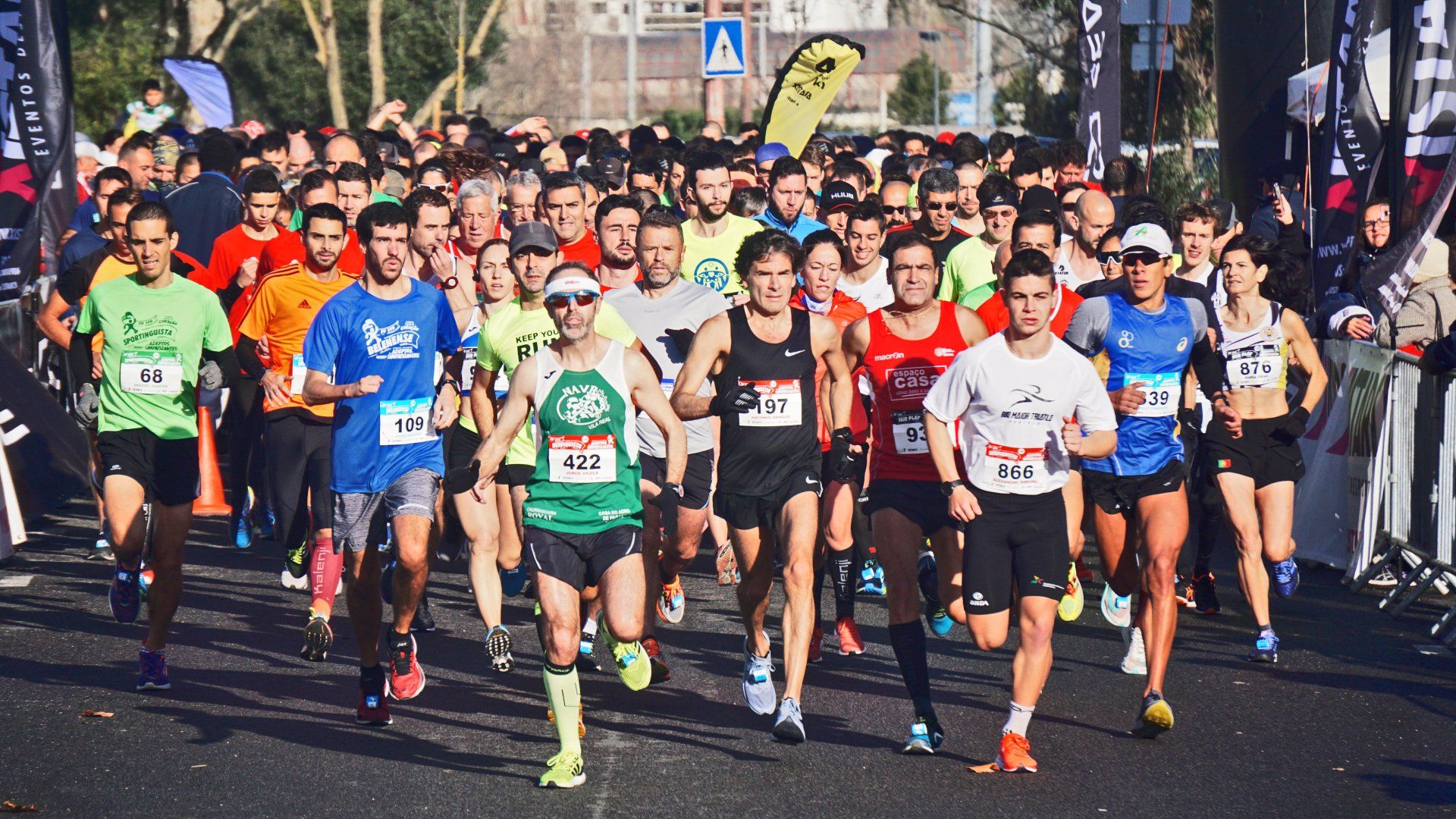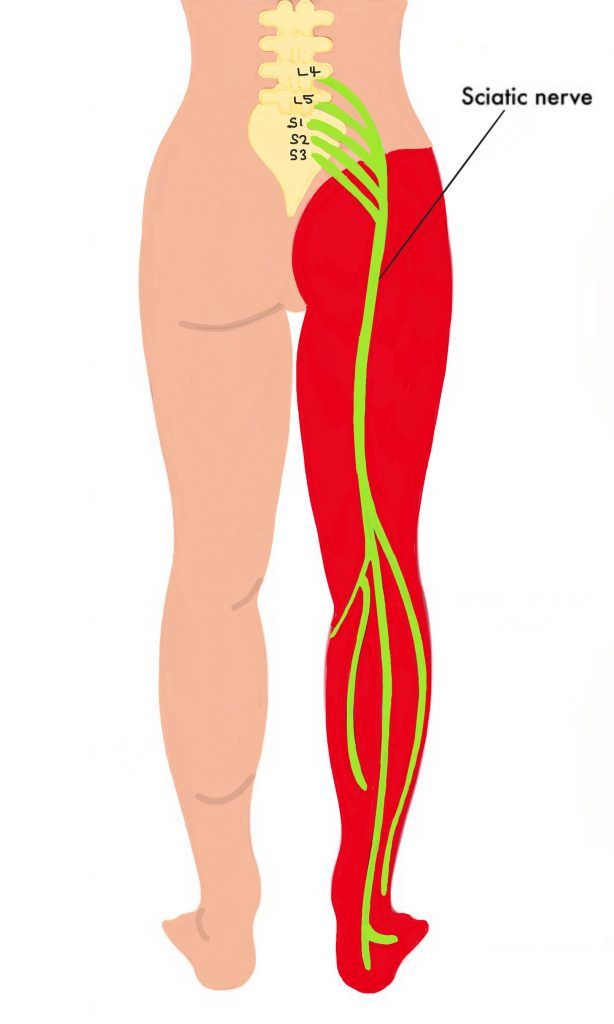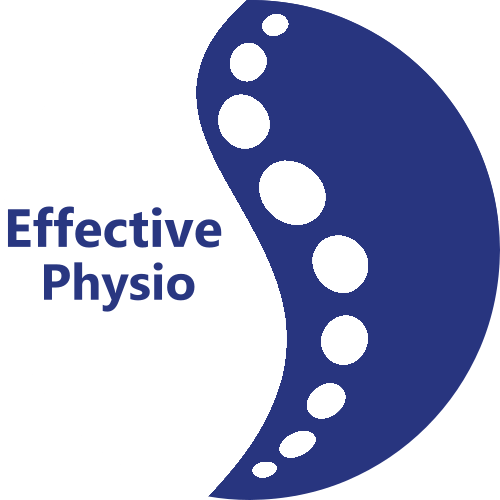Protecting Your Back While Gardening: Tips from a Physiotherapist
Gardening is a wonderful activity that offers both mental and physical health benefits. However, it can also lead to aches and pains, especially in the lower back. To help you enjoy gardening while minimizing the risk of back pain, please read on for some valuable tips:
1. Warm Up Before You Dig In
Just like any other physical activity, gardening requires a warm-up. Spend a few minutes doing gentle stretches to prepare your muscles. Focus on your back, shoulders, and legs. This will improve blood flow and flexibility, reducing the risk of strains.
2. Lift Smartly
When lifting heavy objects (such as bags of soil or pots), follow these guidelines:
- When shovelling rubble or earth, shovel small amounts at a time
- Keep Objects Close: When lifting or carrying objects, keep them close to your body. This prevents overreaching and maintains a balanced spine position. Work at waist height with your elbows bent and arms at your sides whenever possible.
- Bend Your Knees: Instead of bending at the waist, squat down by bending your knees. Keep the load close to your body and lift with your larger leg muscles rather than straining your back.
- Avoid Twisting: When lifting or moving objects, pivot with your feet rather than twisting your spine. Twisting while carrying a heavy load can lead to muscle strains and spinal injuries.
3. Mind Your Posture
Maintaining good posture is crucial for back health. Here’s how to do it while gardening:
- Kneel or Squat: When weeding or planting, kneel on a soft surface (use a kneeling pad or cushion) or squat down. Move close to the plant to avoid bending forward, as this puts pressure on your lumbar spine.
- Stand at table if possible: Avoid bending by planting at a table with your elbows at 90 degrees by your side.
- Use Long-Handled Tools: Invest in long-handled tools (like spades and rakes) to reduce the need to bend over excessively. These tools allow you to work while keeping your back straight.
- Squat down and then straighten legs when pulling weeds out. This will help to keep the back straight.
4. Minimise Repetitive Movements
Gardening can be addictive, change tasks frequently to prevent overuse of specific muscles and don’t forget to take breaks. Stand up, stretch, and walk around every 20–30 minutes. This prevents muscle fatigue and allows your spine to rest.
5. Hydrate and Listen to Your Body
Staying hydrated is essential. Dehydration can lead to muscle cramps and stiffness. Also, pay attention to any discomfort. If you feel pain, stop and assess. Continuing to work through pain can exacerbate existing issues. Rest when needed, stay hydrated, and consider using hot or cold compresses if you experience back pain.
6. Wheelbarrow Wisdom
When using a wheelbarrow:
- Never over fill the wheelbarrow
- Push, Don’t Pull: Push the wheelbarrow rather than pulling it. This engages your leg muscles and keeps your back straight.
- Elbows In: Keep your elbows close to your body while manoeuvring the wheelbarrow. This reduces strain on your shoulders and back.
7. Using the lawn mower
Never swing your body from the waist, turn your whole body in line with the mower, keep elbows by your side
8. Cool Down After Gardening
After a productive gardening session, cool down by doing some gentle stretches. Focus on your back, hamstrings, and hip flexors. This helps prevent muscle stiffness and promotes flexibility.
Relax in a supportive chair afterwards.
Remember, a healthy back is essential for enjoying your garden to the fullest. By following these tips, you’ll be able to nurture your plants without compromising your spine.
Even with these precautions, occasional back pain may still occur. If you do experience discomfort, rest, pain relievers, and hot/cold therapy can help. In some cases, physiotherapy treatment may be necessary.
Please call EffectivePhysio on 07719987520 to book an appointment.
Happy gardening, and take care of your back! 🌿🌸
Feel free to share this article with fellow gardeners and may your garden flourish! 🌱🌼
EffectivePhysio Blog




